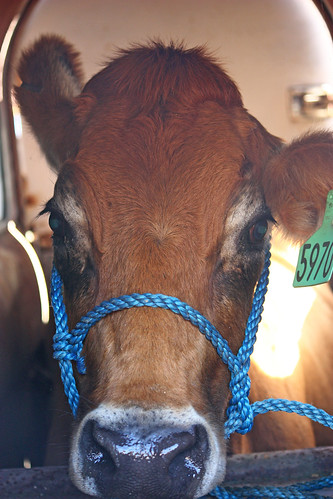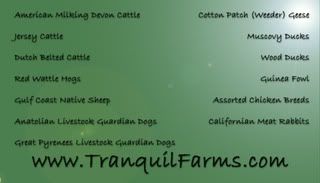Post by scrounger on Apr 17, 2010 7:31:34 GMT -5
Otherwise known as:
Osage Orange
Bois D'Arc
Bodark
Horseapple
Hedgeapple
They are only native to parts of SW Missouri, NW Arkansas, Eastern Oklahoma, and NE Texas, but have spread a LOT further then that. They are an EXTREMELY hard wood that has amazing longevity as fence posts. I can show you some that my Great-Grandfather put in in the 1880's that are still going strong. They also have the highest BTU of any North American native wood - you can get a fire going hot enough to turn your stove cherry red VERY easily, if you're not careful. They are a "cousin" to an American Mulberry tree,
Around here, they grow wild, just about everywhere. While cattle will sometimes eat the "fruit", squirrels are about the only things that regularly feast on them. They tear them apart, spit out the pulp, and chow down on the hundreds of seeds each "hedgeapple" contains.
Old timers (before barb wire) planted them 4-5 feet apart, and wove the branches together to form an impenetrable "fence". The tree also has nasty, sharp, strong, thorns. Few things will chew on the branches.
Goats, however, LOVE the leaves and would sell their mother to the mob for a mouthful of them. I have trees around here that all of the leaves are eaten up as far as a goat can reach, standing on tip-toes.
Not that I didn't have anything else to do, but I started a few from seeds I collected a couple years ago. They take a LONG time to sprout (3-4 weeks), but grow well after that.
Hopefully, I can get 2-3 dozen to grow, then plant them this fall. Here is a photo of a couple at 5 weeks:

I just planted some more, so we'll see how it turns out.
Osage Orange
Bois D'Arc
Bodark
Horseapple
Hedgeapple
They are only native to parts of SW Missouri, NW Arkansas, Eastern Oklahoma, and NE Texas, but have spread a LOT further then that. They are an EXTREMELY hard wood that has amazing longevity as fence posts. I can show you some that my Great-Grandfather put in in the 1880's that are still going strong. They also have the highest BTU of any North American native wood - you can get a fire going hot enough to turn your stove cherry red VERY easily, if you're not careful. They are a "cousin" to an American Mulberry tree,
Around here, they grow wild, just about everywhere. While cattle will sometimes eat the "fruit", squirrels are about the only things that regularly feast on them. They tear them apart, spit out the pulp, and chow down on the hundreds of seeds each "hedgeapple" contains.
Old timers (before barb wire) planted them 4-5 feet apart, and wove the branches together to form an impenetrable "fence". The tree also has nasty, sharp, strong, thorns. Few things will chew on the branches.
Goats, however, LOVE the leaves and would sell their mother to the mob for a mouthful of them. I have trees around here that all of the leaves are eaten up as far as a goat can reach, standing on tip-toes.
Not that I didn't have anything else to do, but I started a few from seeds I collected a couple years ago. They take a LONG time to sprout (3-4 weeks), but grow well after that.
Hopefully, I can get 2-3 dozen to grow, then plant them this fall. Here is a photo of a couple at 5 weeks:

I just planted some more, so we'll see how it turns out.



 ...it's just a few towns over.
...it's just a few towns over.






